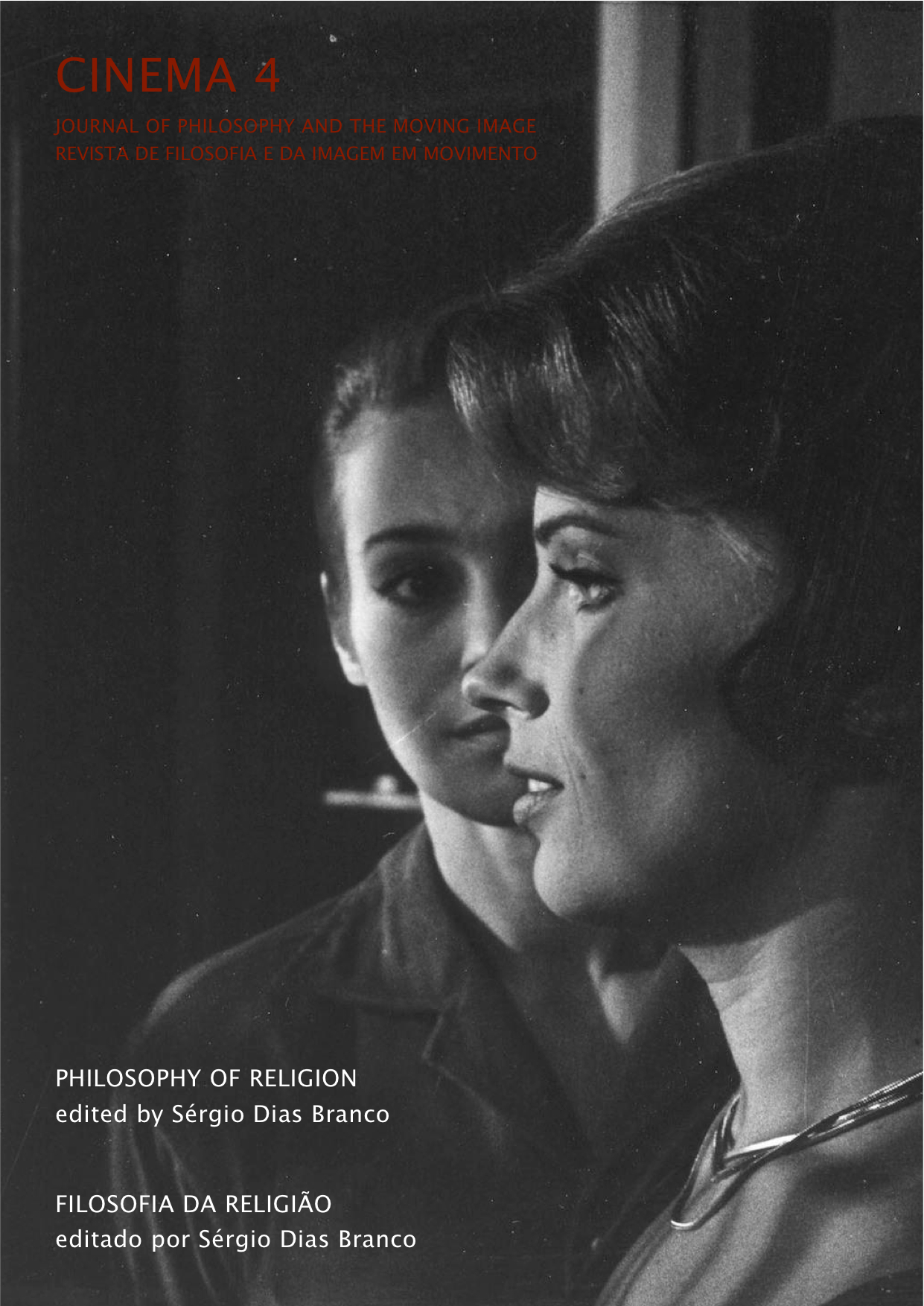Revisiting Dhvani in the Context of the Aesthetics of Experience in Film
Palavras-chave:
aesthetics, dhvani, experience, film, Hinduism, phenomenologyResumo
In India, film and religion have always been very closely aligned. Early cinema in India was focused on stories from Indian mythology specially stories with religious significance — for example, the life of Krishna, Sri Pundalik, and Raja Harish Chandra. In more recent years, the concept of darshana with its religious connotations has been related to the place that cinema occupies in the national conscience with reference to the role of the “gaze” in Indian cinema; temples dedicated to super stars in the country are a case in point.
In this article I will address a more implicit relationship between religion and film, through the study of a 2008 film in Hindi, Khargosh. The film at first simply seems to be a coming-of-age story. But on further exploration it comes through as exploring an image of transcendence in immanence, a central idea in monistic Kashmir Saivism.
Anandavardhana, an important acharya of monistic Kasmir Saivism lived in the second half of the 9th century. He proposed the concept of dhvani vada, the philosophy of aesthetic suggestion. Dhvani is a key idea in Indian aesthetics. Abhinavgupta, a century later, added important elements to the theory of Dhvani, through his ideas of camatkara (rapture) and alaukika (other-worldly). This article will locate the idea of dhvani viz-a-viz phenomenological approaches to studying films. A close study of the film Khargosh will show how it creates meaning through an “aesthetics of experience” versus an “aesthetics of representation”.
The film explores ideas of faith, loneliness and rapture or camatkara, an experience of transcendence. I argue that the key idea of Khargosh is located in the idea of transcendence in immanence, an approach to spirituality through being in the world more fully rather than through a forsaking of it. The film Khargosh, through both its form and content, works to embody the concept of dhvani as an aesthetic form of the philosophy of Kasmir Saivism. The article will conclude with the proposition that the concept of dhvani can be useful in studying films at large; specially films that share a similar mode of address or cinematic language, an “aesthetics of experience.”
Downloads
Publicado
Como Citar
Edição
Secção
Licença
Direitos de Autor (c) 2022 Cinema: Revista de Filosofia e da Imagem em Movimento

Este trabalho encontra-se publicado com a Licença Internacional Creative Commons Atribuição 4.0.




